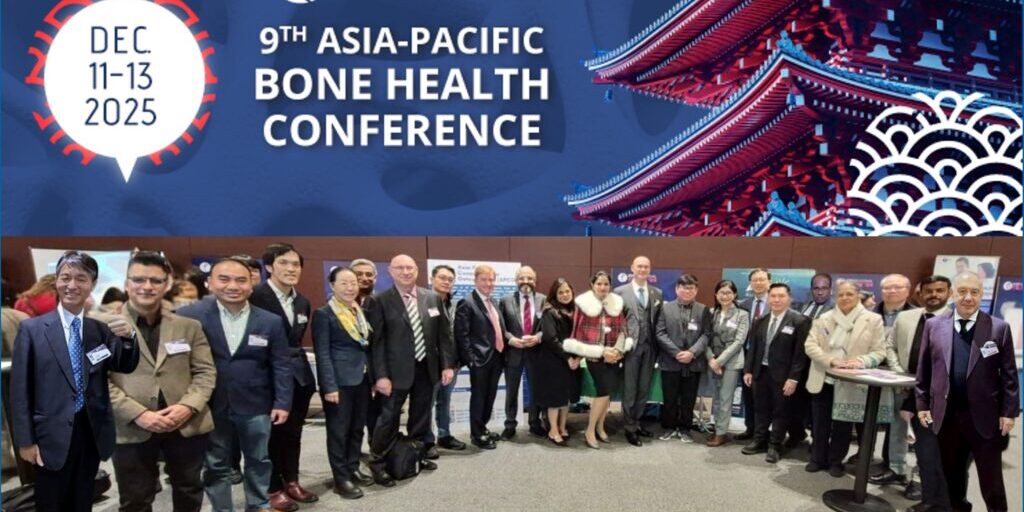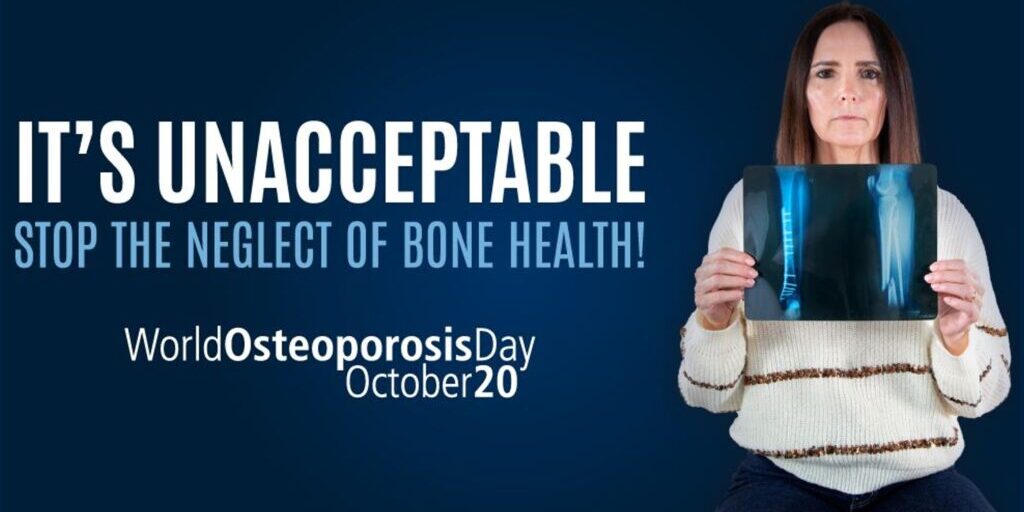In this blog, APCO Executive Committee Member, Senior Principal Research Fellow and Head of the Genetics and Epidemiology of Osteoporosis Lab (Bone Biology Division) at the Garvan Institute of Medical Research, Professor Tuan V. Nguyen, Sydney, Australia, explores the general lack of appreciation of the link between fragility fractures and heightened mortality risk.
Fragility fracture is associated with increased mortality risk, but this relationship is not widely appreciated.
My neighbour, a 70-year old, physically active man, broke his hip after falling from a staircase. He was admitted to hospital for treatment, which cost more than AUD 15,000. Six months after being discharged from hospital, he died.
My former neighbour’s case is not an isolated one. Study after study has revealed that the risk of 1-year mortality after a hip fracture ranges between 20 per cent and 40 per cent, with the risk being highest during the first six months post- hip fracture.
More importantly, men who sustain a hip fracture have higher mortality risk than women. Therefore, although men account for about 25 per cent of all hip fractures, their risk of death post- fracture is 70 per cent higher than that for women.
However, it is not just hip fracture that increases the risk of death. Spinal fracture is also a critical and defining event. Our research reveals that among adults, a spinal fracture could double the background risk of death over 5 years.
In fact, all major fractures are associated with an increased mortality risk. Patients with a fracture of the pelvis, distal femur, proximal tibia, ribs, and proximal humerus are also at increased risk of mortality, with the average relative risk being 1.60 in women and 2.0 in men.
Why do patients with a fracture, particularly hip fracture, have a high risk of mortality? It is tempting to believe the increased risk is due to factors relating to both fracture and mortality (i.e., confounders). However, my colleagues and I, and other researchers have gone to great lengths to account for these confounders such as co-morbidities and frailty. Our research suggests that they contribute little to the increased risk. Vestergaard and colleagues also found that pre-fracture morbidities explained little of the mortality risk post hip fracture, but trauma-related factors associated with the event leading to the fracture explained 71 per cent of all the deaths afterwards. The Study of Osteoporotic Fracture found that women who died after a vertebral fracture often had chronic obstructive pulmonary disease (COPD) and pneumonia.
Logically, if fracture is a causal factor that increases mortality risk, then treatment of patients with a fracture should reduce mortality risk. That is exactly what we have seen. More than 10 years ago, Lyles and colleagues showed that osteoporotic patients on zoledronic acid had a 28 per cent lower risk of all-cause mortality compared to those on placebo, which was confirmed by a subsequent re-analysis that adjusted for baseline fracture risk.
The beneficial effect of zoledronic acid on mortality was further observed in a recent study, in which osteopenic patients with a fracture on zoledronic acid had a lower risk of mortality (average relative risk reduction of 35 per cent) than those on placebo, although the difference did not reach the conventional statistical significance.
Nevertheless, the effect of bisphosphonates on mortality is still a point of contention. In a recent meta-analysis, Cummings and colleagues found that bisphosphonate treatment was not associated with reduced overall mortality risk.
In summary, a fragility fracture is clearly associated with an increased risk of mortality. Although fracture per se is not considered a causal factor for mortality, patients with a fracture – with all else being equal – have reduced life expectancy, and that fact alone, is good enough to classify osteoporotic fracture as a public health problem.
The association between fracture and mortality also has an implication for risk communication. While it is relevant to inform patients about the risk of sustaining a fracture, it is more important to convey the risk of mortality once a fracture has occurred.
Professor Tuan V. Nguyen, Garvan Institute of Medical Research, Sydney, Australia.






